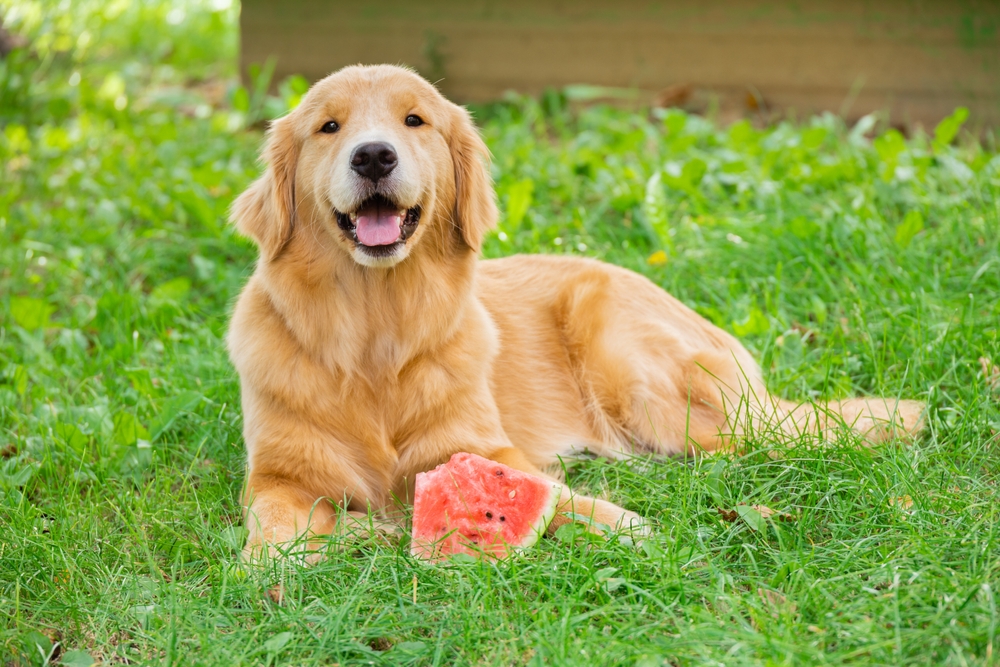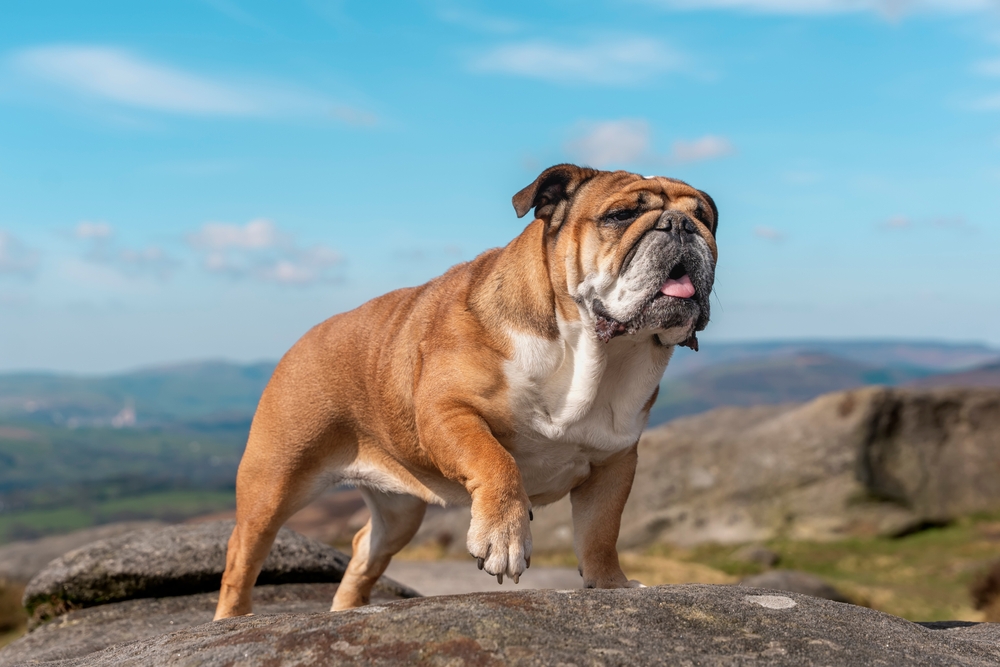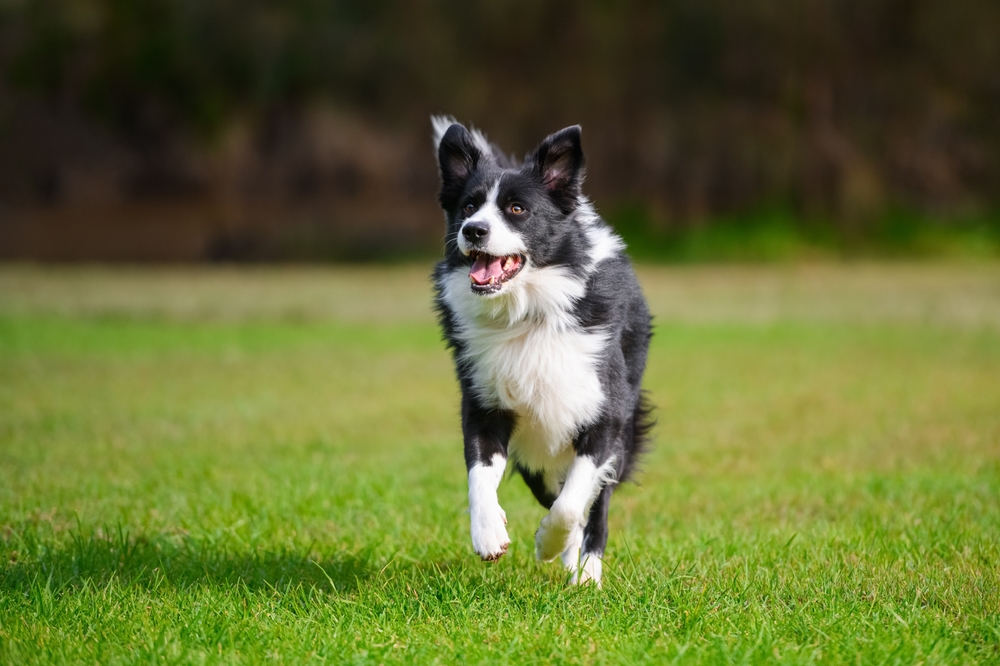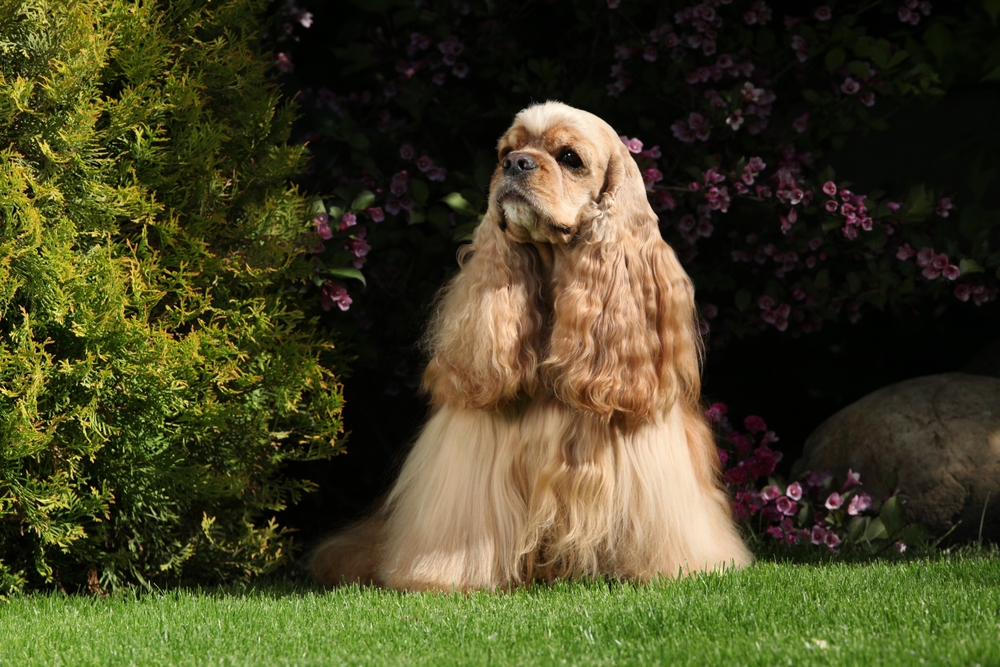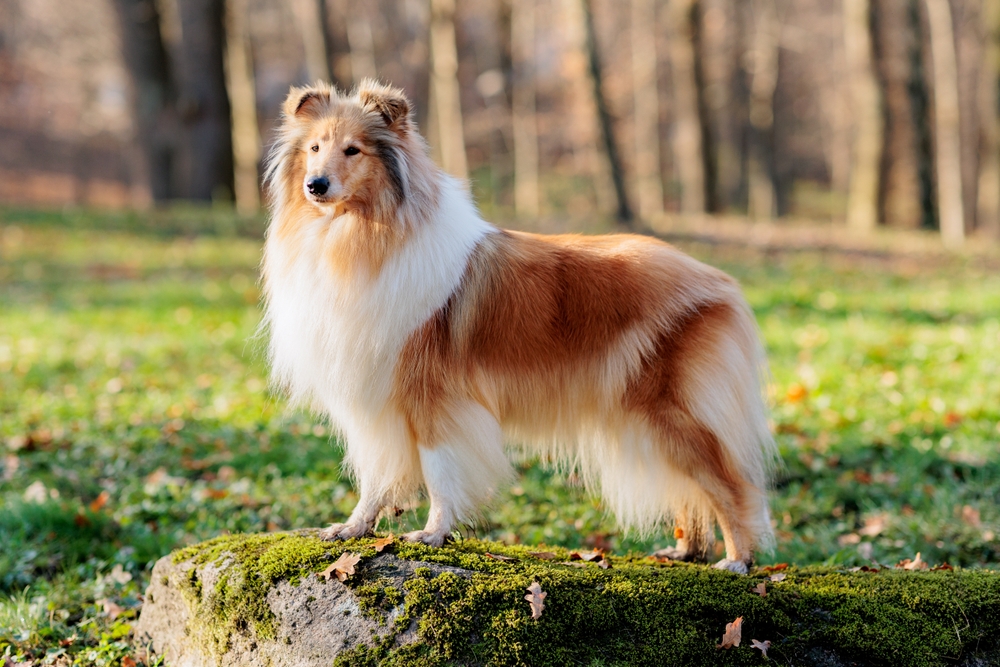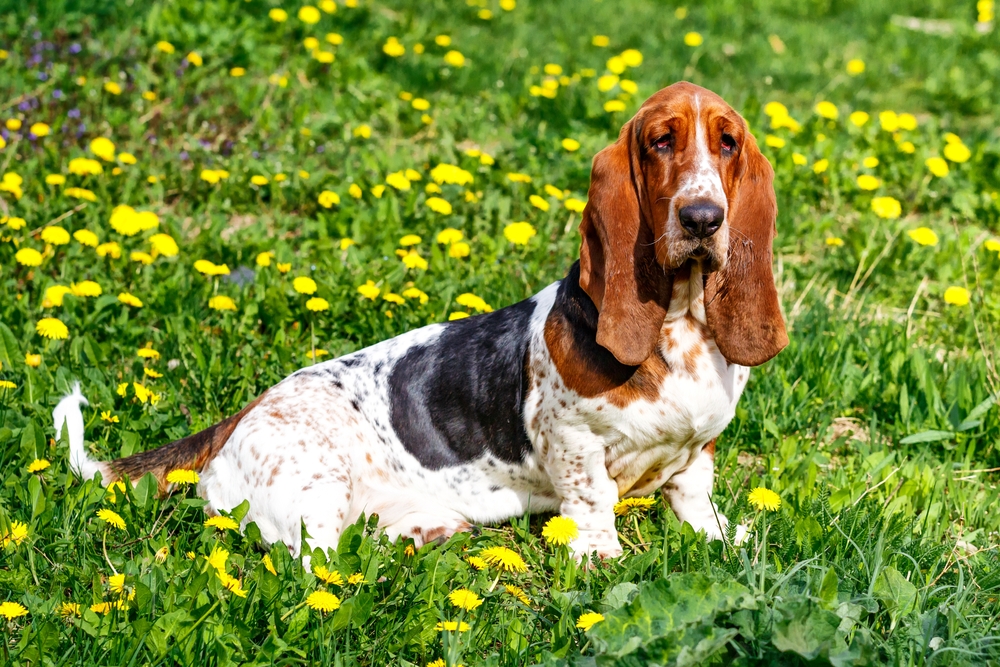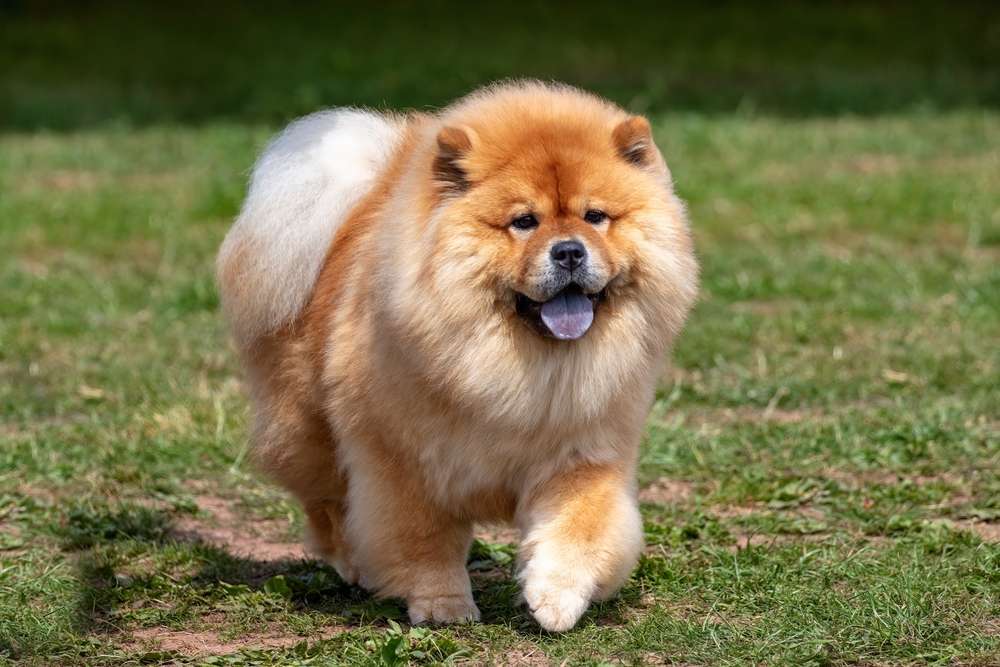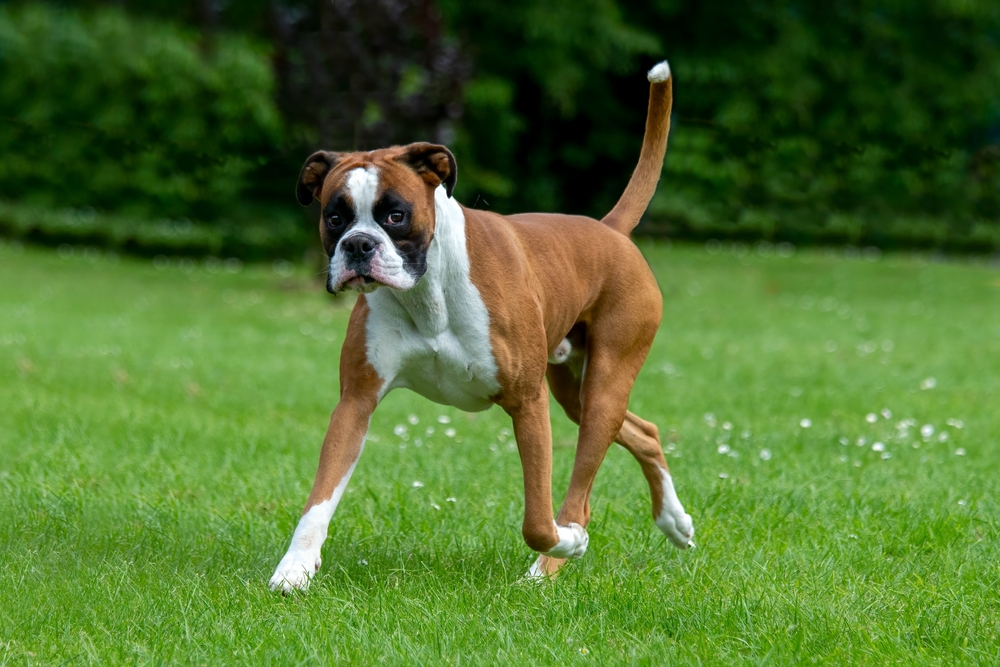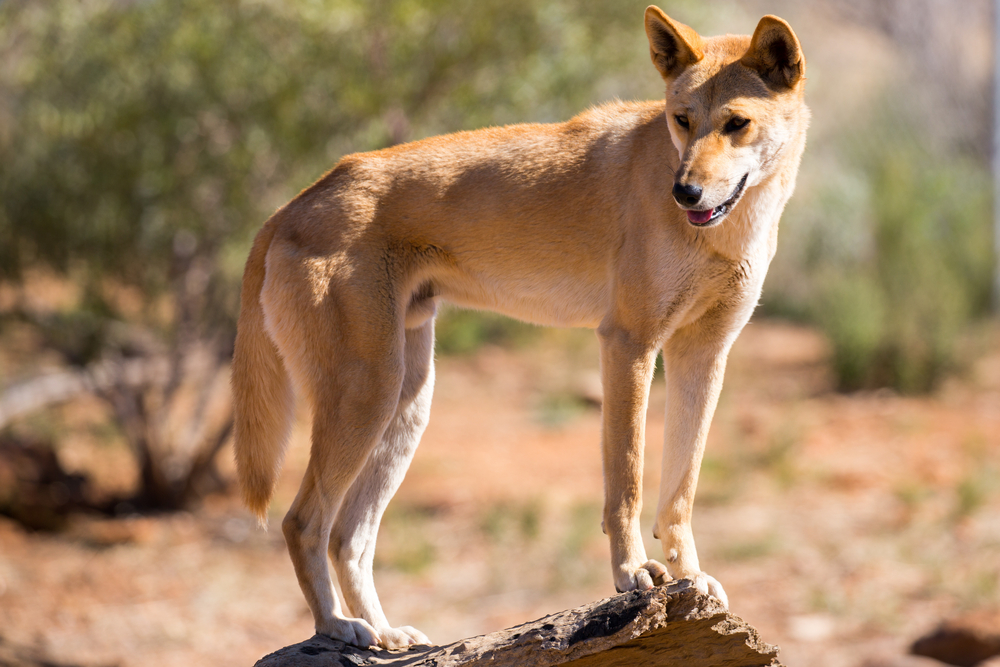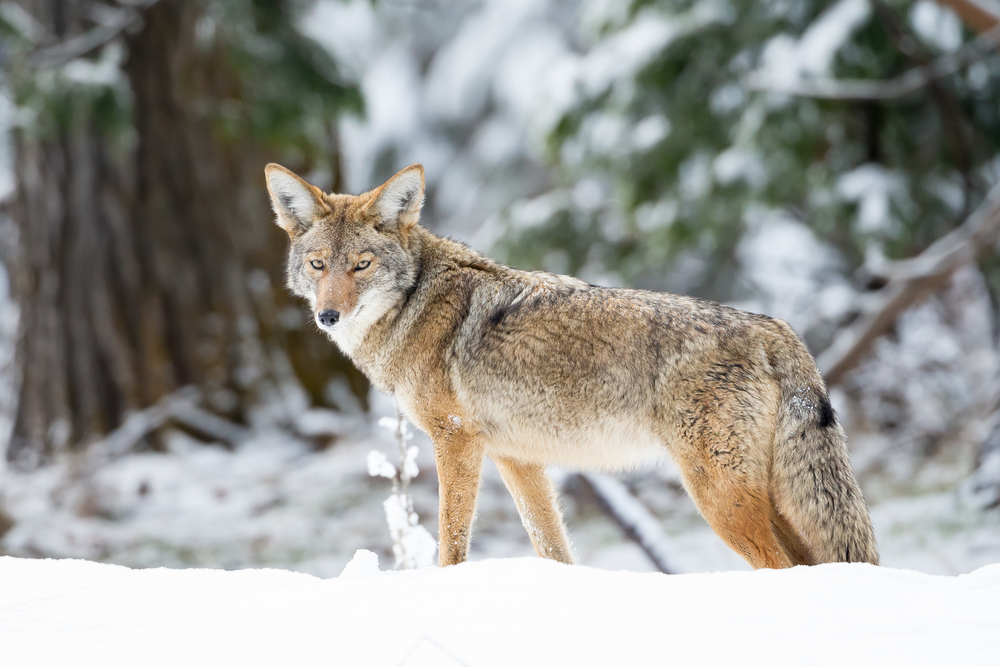The Golden Retriever’s closest relatives are other retriever breeds, particularly the Labrador Retriever and the Flat-Coated Retriever. They share similar ancestry with the Tweed Water Spaniel (now extinct) and various setter breeds used in their original development in Scotland.
About
The Golden Retriever is one of the world’s most beloved dog breeds, celebrated for its friendly temperament, intelligence, and beautiful golden coat. Developed in Scotland during the late 19th century, the breed was created by crossing the now-extinct Yellow Retriever with the Tweed Water Spaniel, along with Bloodhound, Irish Setter, and other retrievers, to produce an exceptional gundog skilled in retrieving game from both water and land. The Golden Retriever’s scientific name is Canis lupus familiaris, and it belongs to the family Canidae.
Golden Retrievers are medium-to-large in size, typically standing 21.5–24 inches (55–61 cm) at the shoulder and weighing 55–75 pounds (25–34 kg). They have a dense, water-repellent double coat that ranges in shades from light cream to rich gold, with feathering on the legs, chest, and tail. Their broad heads, friendly eyes, and ever-wagging tails radiate warmth and approachability.
Known for their intelligence and eagerness to please, Golden Retrievers excel in obedience, search-and-rescue, therapy, assistance work, and dog sports. They are gentle, patient, and exceptionally good with children, making them one of the best family companions. Their sociable nature means they generally get along well with strangers and other animals, though they are more likely to greet than guard.
Golden Retrievers require daily exercise and mental stimulation to stay healthy and happy. They thrive on human companionship and do best in homes where they are included in daily activities. Regular grooming is necessary to manage shedding and maintain their beautiful coat. With their combination of loyalty, adaptability, and joyful spirit, Golden Retrievers remain one of the most popular and cherished breeds worldwide.
Physical Characteristics
Golden Retrievers are medium-to-large sporting dogs known for their friendly expression, luxurious golden coats, and balanced build:
Coat:
They have a dense, water-repellent double coat with a thick, soft undercoat and a medium- to long-length outer coat that can be straight or wavy. Feathering is present on the chest, back of the legs, and tail. Coat colors range from light cream to deep golden, with a lustrous sheen when well-maintained.
Face:
Golden Retrievers have a broad skull with a well-defined stop and a straight, powerful muzzle. Their eyes are medium to large, dark brown, and set well apart, giving a gentle, intelligent expression. Ears are medium-sized, pendant-shaped, and set roughly at eye level, hanging close to the cheeks.
Body:
They have a strong, athletic, and symmetrical build with a deep chest, well-sprung ribs, and a level topline. The neck is muscular and blends smoothly into the shoulders. Legs are straight and sturdy, built for endurance and retrieving in the field.
Tail:
Thick at the base and carried level with the back or slightly raised, the tail is well-feathered and moves with a gentle wave when the dog is alert or happy.
Size:
-
Length (Body): Approximately 28 to 34 in (71 to 86 cm) from chest to rump.
-
Shoulder Height:
-
Males: 23 to 24 in (58 to 61 cm)
-
Females: 21.5 to 22.5 in (55 to 57 cm)
-
Weight:
-
Adult Female: 55 to 65 lbs (25 to 29 kg)
-
Adult Male: 65 to 75 lbs (29 to 34 kg)
Golden Retrievers’ physical characteristics combine strength, athleticism, and elegance, making them ideally suited for retrieving game in the field, performing service work, or being active, affectionate family companions.
Reproduction
The reproductive cycle of Golden Retrievers follows the general domestic dog pattern, with additional attention given to maintaining genetic health and temperament:
1. Mating and Courtship:
Golden Retrievers typically reach sexual maturity between 6 and 9 months, but responsible breeding is delayed until females are at least 18–24 months old and males are fully matured. Courtship usually involves friendly interaction, scent-marking, and gradual acceptance between the breeding pair.
2. Estrus Cycle:
Females generally come into heat twice a year, each cycle lasting about 2–3 weeks. The peak fertility window typically occurs between days 9–14 of the cycle, though ovulation timing may vary individually.
3. Gestation:
The gestation period averages 63 days (about 9 weeks). Pregnant females should be given a nutrient-rich, high-quality diet and moderate daily exercise to maintain muscle tone. Veterinary monitoring helps ensure the health of both the mother and the developing puppies.
4. Birth of Puppies:
Typical litter sizes range from 6 to 10 puppies, though litters of 4–12 are possible. Puppies are born blind and deaf, completely dependent on their mother for warmth, nutrition, and care.
5. Care and Nurturing:
For the first 3–4 weeks, the mother provides nursing, cleaning, and protection. Puppies open their eyes around 10–14 daysand begin walking shortly thereafter.
6. Weaning and Socialization:
Weaning begins at about 4 weeks, introducing soft puppy food while gradually reducing nursing sessions. Early socialization between 4–12 weeks is essential, as Golden Retrievers are intelligent, eager-to-please dogs that benefit from positive exposure to people, animals, and new environments.
7. Independence:
By 8–10 weeks, puppies are generally ready for rehoming, although some breeders keep them until 12 weeks for additional training and health monitoring.
Because Golden Retrievers can be prone to hip and elbow dysplasia, certain heart conditions, eye disorders, and some cancers, responsible breeders perform health screenings before mating to promote healthier offspring and maintain the breed’s sound temperament.
Lifespan
Lifespan in the Home Environment:
Golden Retrievers typically live 10 to 12 years, with some reaching 13–14 years when provided with proper nutrition, regular exercise, and preventative veterinary care.
Lifespan in Active or Working Roles:
As hunting retrievers, therapy dogs, and service animals, Golden Retrievers often maintain excellent fitness and mental sharpness throughout much of their lives. However, the physical demands of working roles can increase joint wear over time, requiring careful management in senior years.
Common Health Factors Affecting Lifespan:
-
Cancer: Golden Retrievers have one of the highest incidences of cancer among dog breeds, particularly hemangiosarcoma and lymphoma.
-
Hip and Elbow Dysplasia: Can lead to arthritis and mobility issues in later life.
-
Heart Conditions: Including subvalvular aortic stenosis (SAS).
-
Eye Disorders: Such as progressive retinal atrophy and cataracts.
-
Hypothyroidism: Can affect metabolism and coat health.
-
Obesity: Extra weight can worsen joint, heart, and metabolic issues.
Ways to Maximize Lifespan:
-
Maintain a healthy weight through portion-controlled feeding and daily exercise.
-
Provide a balanced diet rich in antioxidants, omega fatty acids, and joint-support supplements.
-
Schedule regular veterinary checkups with screenings for hips, eyes, heart, and cancer indicators.
-
Begin joint care early, especially for active or working dogs.
-
Keep up with mental stimulation to maintain cognitive health in senior years.
With attentive care, Golden Retrievers remain loyal, affectionate, and active companions well into their senior years, often retaining their playful nature even as they age.
Eating Habits
Diet:
Golden Retrievers thrive on a balanced, nutrient-rich diet formulated for medium-to-large active breeds. High-quality commercial kibble or fresh-prepared diets should include lean animal protein (such as chicken, turkey, beef, or fish), healthy fats for sustained energy, complex carbohydrates for stamina, and essential vitamins and minerals. Because they are prone to joint problems, omega-3 fatty acids, glucosamine, and chondroitin are beneficial additions.
Feeding Schedule:
-
Puppies (under 6 months): 3–4 small meals per day to support steady growth and avoid digestive upset.
-
Adults: 2 evenly spaced meals per day to maintain energy and reduce the risk of bloat.
-
Seniors: 2 smaller meals per day, with calorie adjustments to prevent weight gain and support joint and heart health.
Eating Behavior:
Golden Retrievers are typically enthusiastic eaters and can be prone to overeating. Portion control is essential to prevent obesity, which can worsen joint, heart, and metabolic issues.
Special Considerations:
-
Bloat Prevention: Feed measured portions twice a day instead of one large meal and avoid vigorous activity immediately before and after eating.
-
Weight Management: Monitor body condition closely and adjust food portions to maintain an ideal weight.
-
Allergies: Some Golden Retrievers may have sensitivities to certain proteins or grains; a limited-ingredient diet can help in these cases.
-
Skin & Coat Health: Omega-rich foods or supplements can keep their coat glossy and skin healthy.
Treats and Extras:
Healthy snack options include apple slices (without seeds), carrot sticks, blueberries, and green beans. Avoid high-fat, salty, or sugary human foods, as well as toxic items like grapes, onions, and chocolate.
A portion-controlled, high-quality diet matched to their energy needs helps Golden Retrievers maintain a healthy weight, strong joints, and the vibrant coat they’re famous for throughout their lives.
Uniqueness
The Golden Retriever is one of the most beloved and recognizable dog breeds in the world, with qualities that set it apart from many others:
Exceptional Temperament:
Golden Retrievers are renowned for their gentle, friendly, and eager-to-please nature, making them outstanding family companions and therapy dogs.
Versatile Working Ability:
Originally bred in Scotland in the 19th century for retrieving game on land and in water, they excel in hunting, search-and-rescue, guide dog work, detection, and service roles.
Affinity for Water:
With a water-repellent double coat, webbed feet, and natural swimming ability, Golden Retrievers are exceptional in aquatic activities, from dock diving to waterfowl retrieval.
Consistent Trainability:
Their intelligence and strong desire to please make them one of the easiest breeds to train, performing well in obedience trials and canine sports.
Cultural Popularity:
Golden Retrievers have been featured in countless films, advertisements, and TV shows, often portrayed as the quintessential family dog.
Gentle Mouth:
True to their retriever heritage, they have a “soft mouth” that allows them to carry delicate objects—such as game birds or even raw eggs—without damage.
Loving and Loyal Nature:
They form strong emotional bonds with their families and are known for their patience with children and compatibility with other pets.
The Golden Retriever’s combination of beauty, intelligence, versatility, and loving personality has made it one of the most cherished breeds worldwide, equally adept as a working partner and a devoted companion.
Be the First to Share Photos of This Species.
FAQ’s
1. What is the closest species to the Golden Retriever?
2. How does the Golden Retriever compare to other breeds?
Golden Retrievers are gentler and more people-oriented than many sporting breeds, combining high trainability with a calm, affectionate nature.
Compared to the Labrador Retriever, they tend to be slightly more sensitive and may require softer handling in training, while still maintaining excellent versatility in hunting, service, and family roles.
Their long, feathered coat also requires more grooming than short-coated retrievers.
3. What national parks provide the best chances to see a Golden Retriever?
Golden Retrievers are a domesticated breed and not found in the wild, but they are often spotted in dog-friendly national and state parks where leashed pets are welcome, such as:
-
Acadia National Park (Maine) – Many carriage roads and certain trails allow leashed dogs.
-
Great Sand Dunes National Park (Colorado) – Dogs are welcome in certain sandy areas, campgrounds, and along specific trails.
-
Assateague Island National Seashore (Maryland/Virginia) – Pet-friendly sections of the beach and designated trails allow dogs on a leash.
Because of their friendly, social nature and love of the outdoors, Golden Retrievers are commonly seen in parks with water access, open trails, and family-friendly recreation areas.



































































